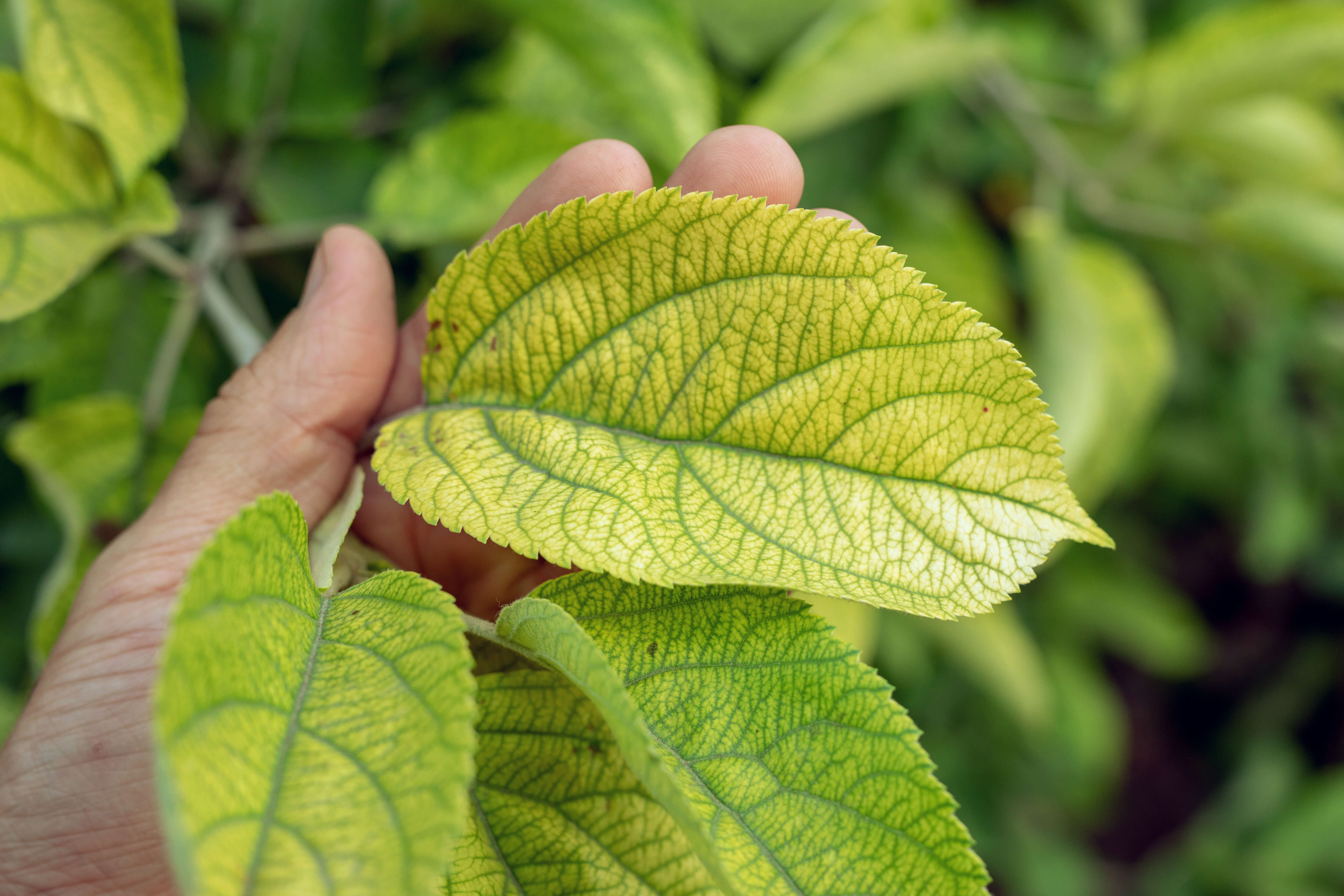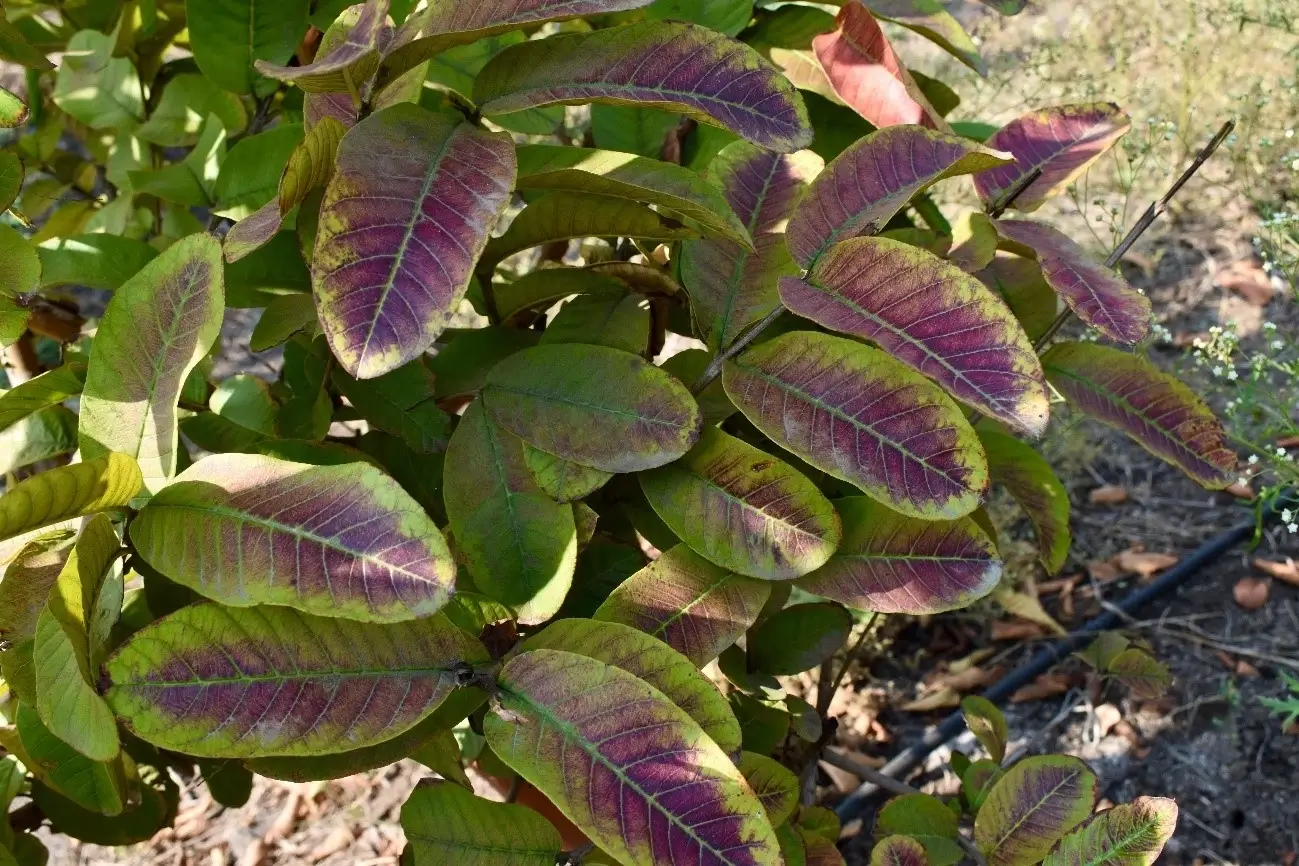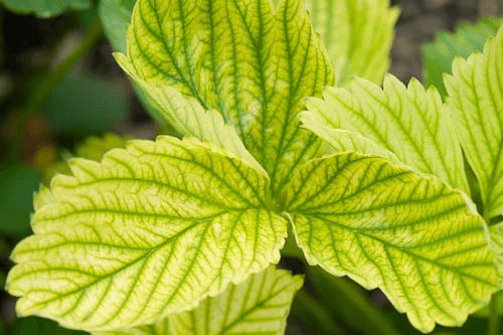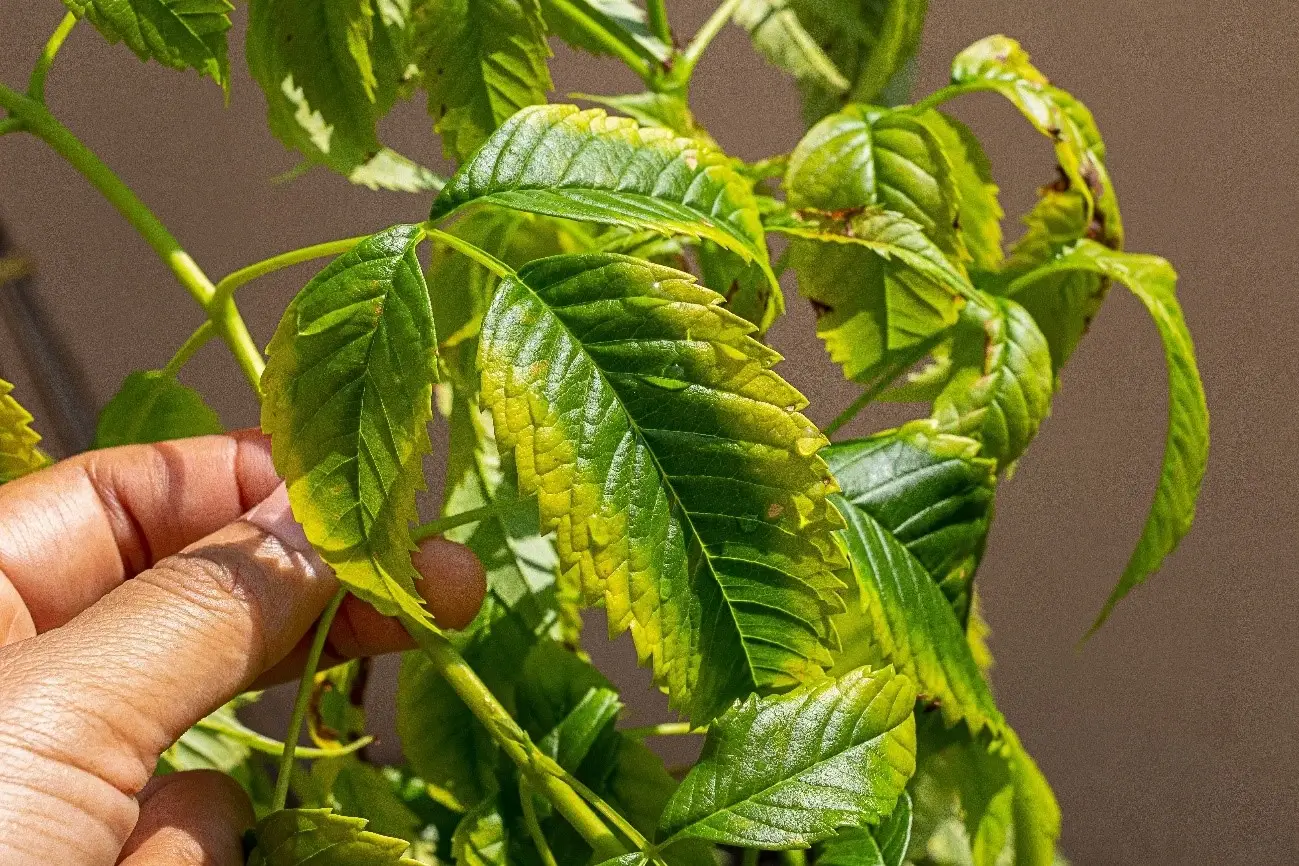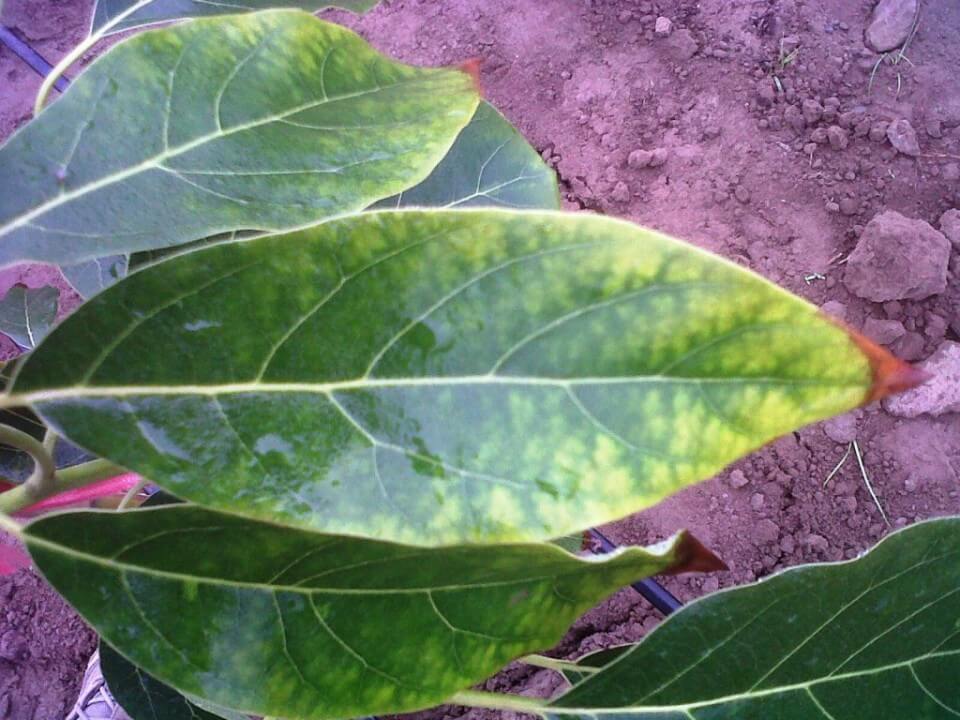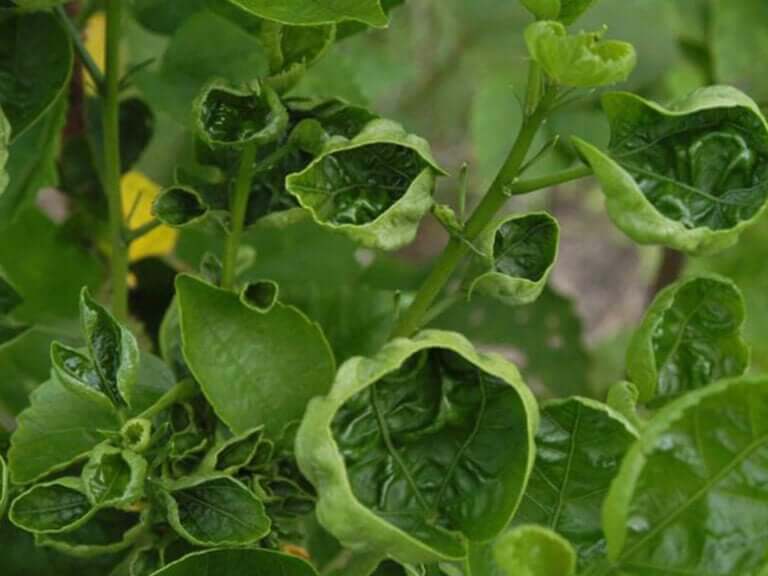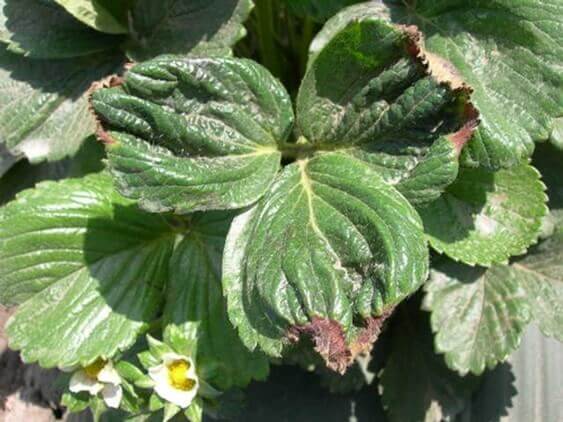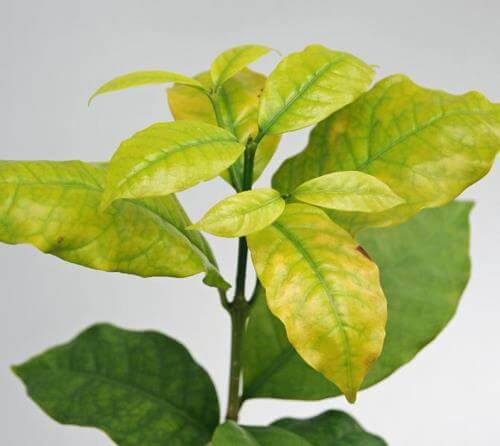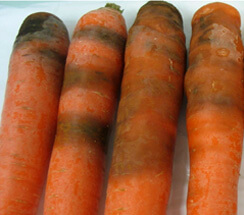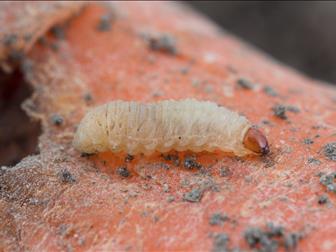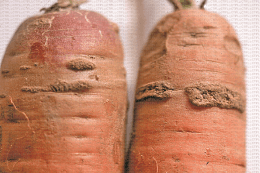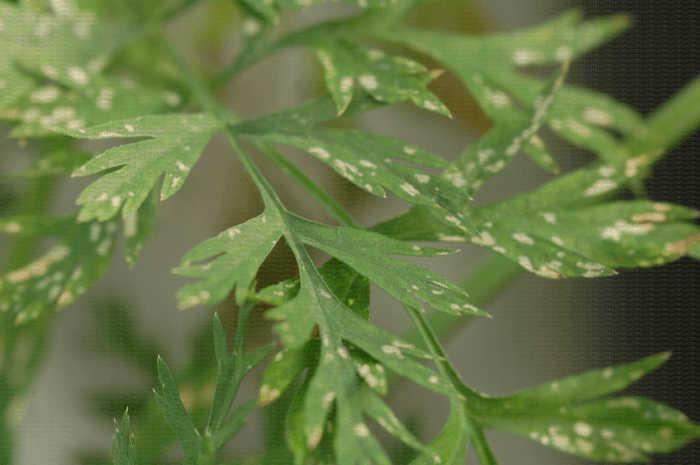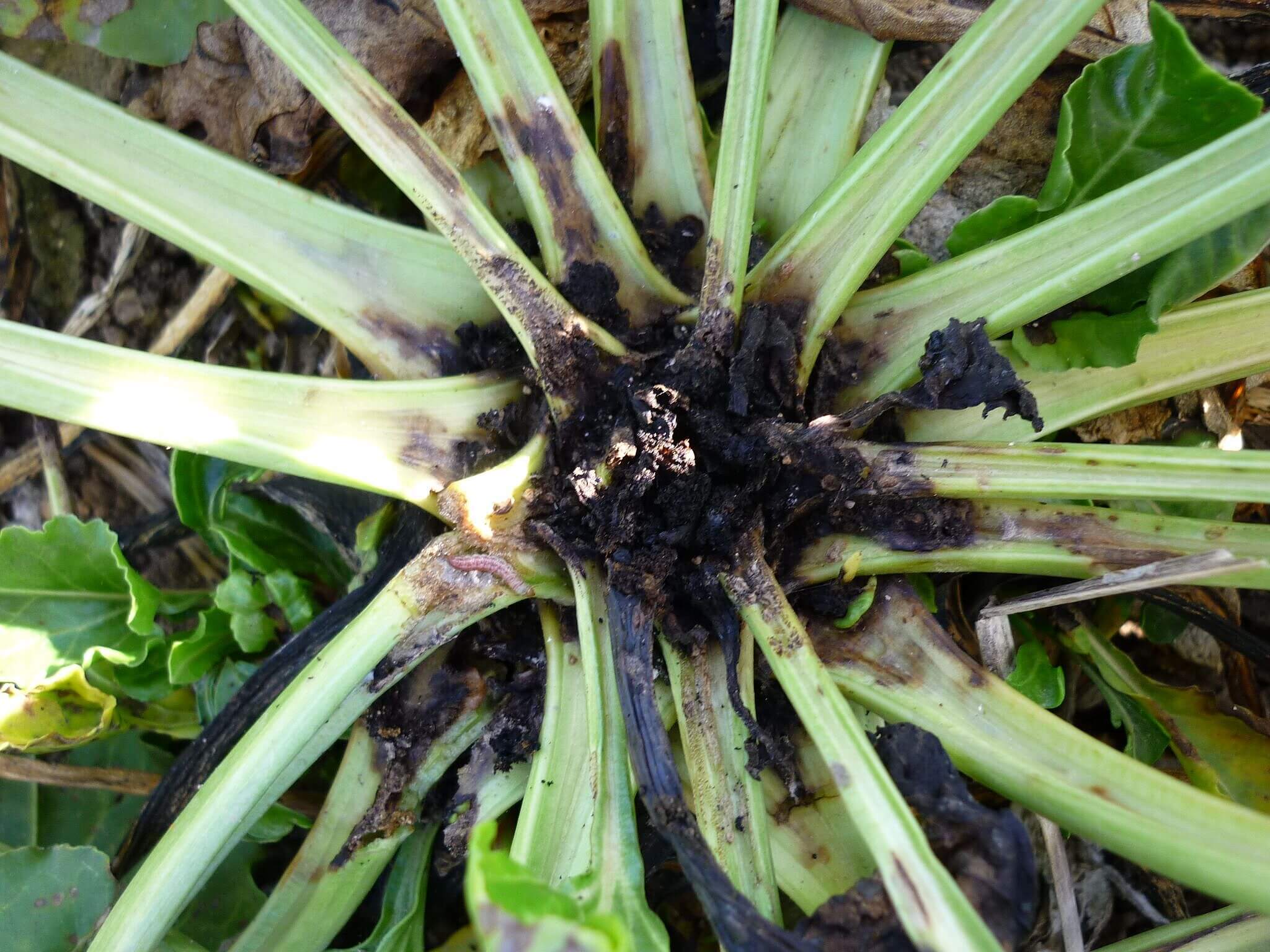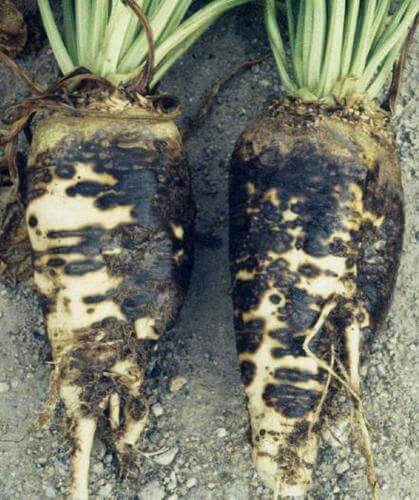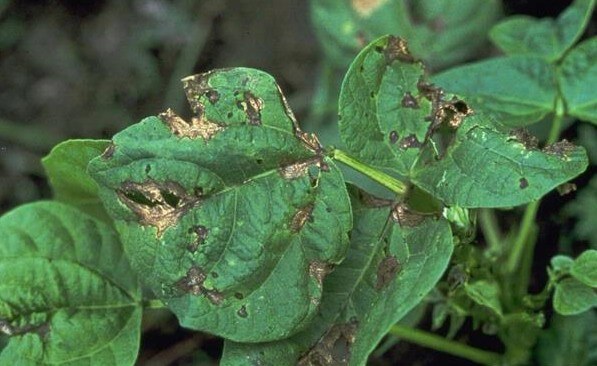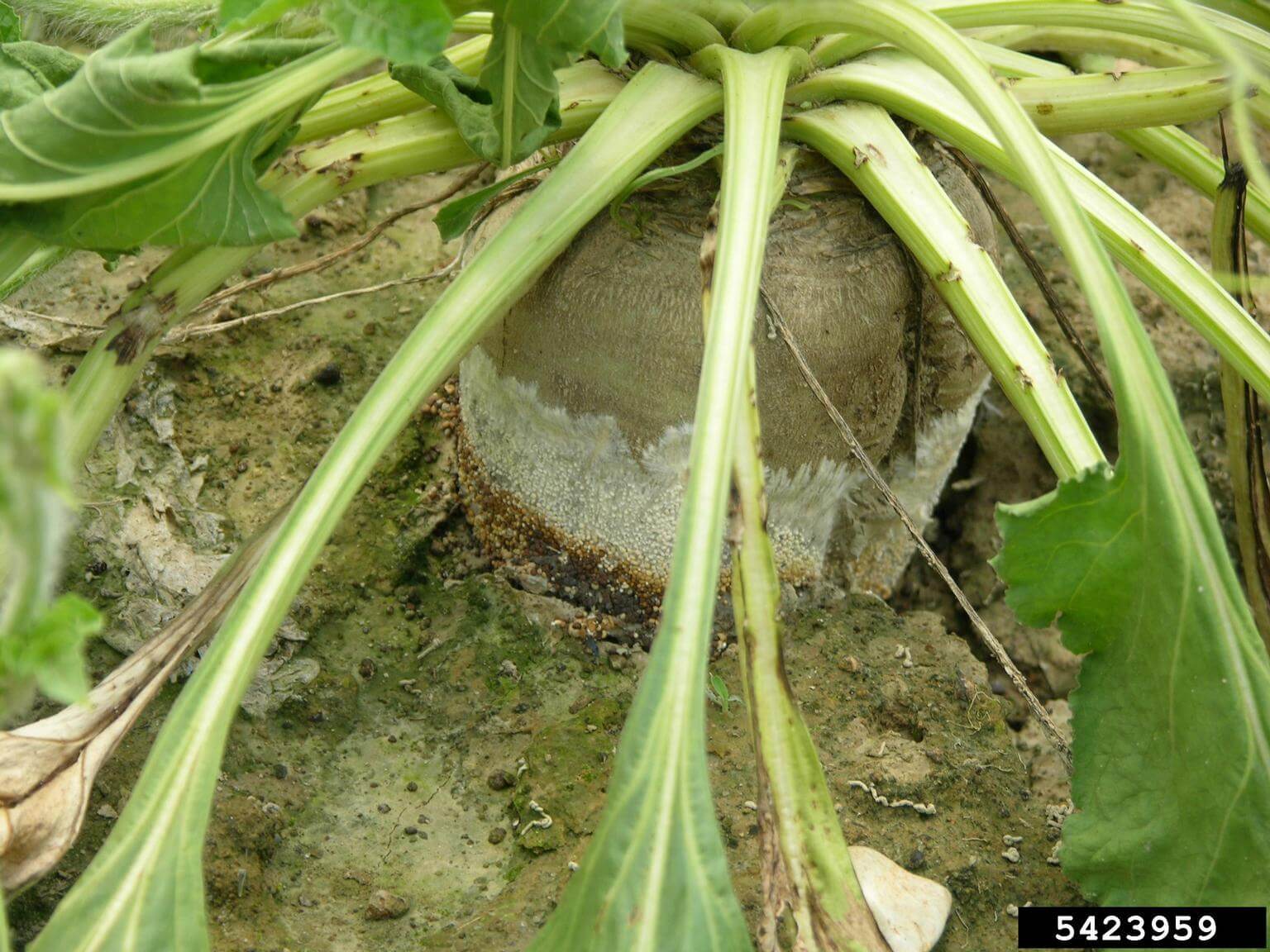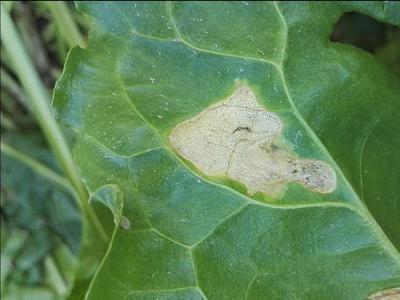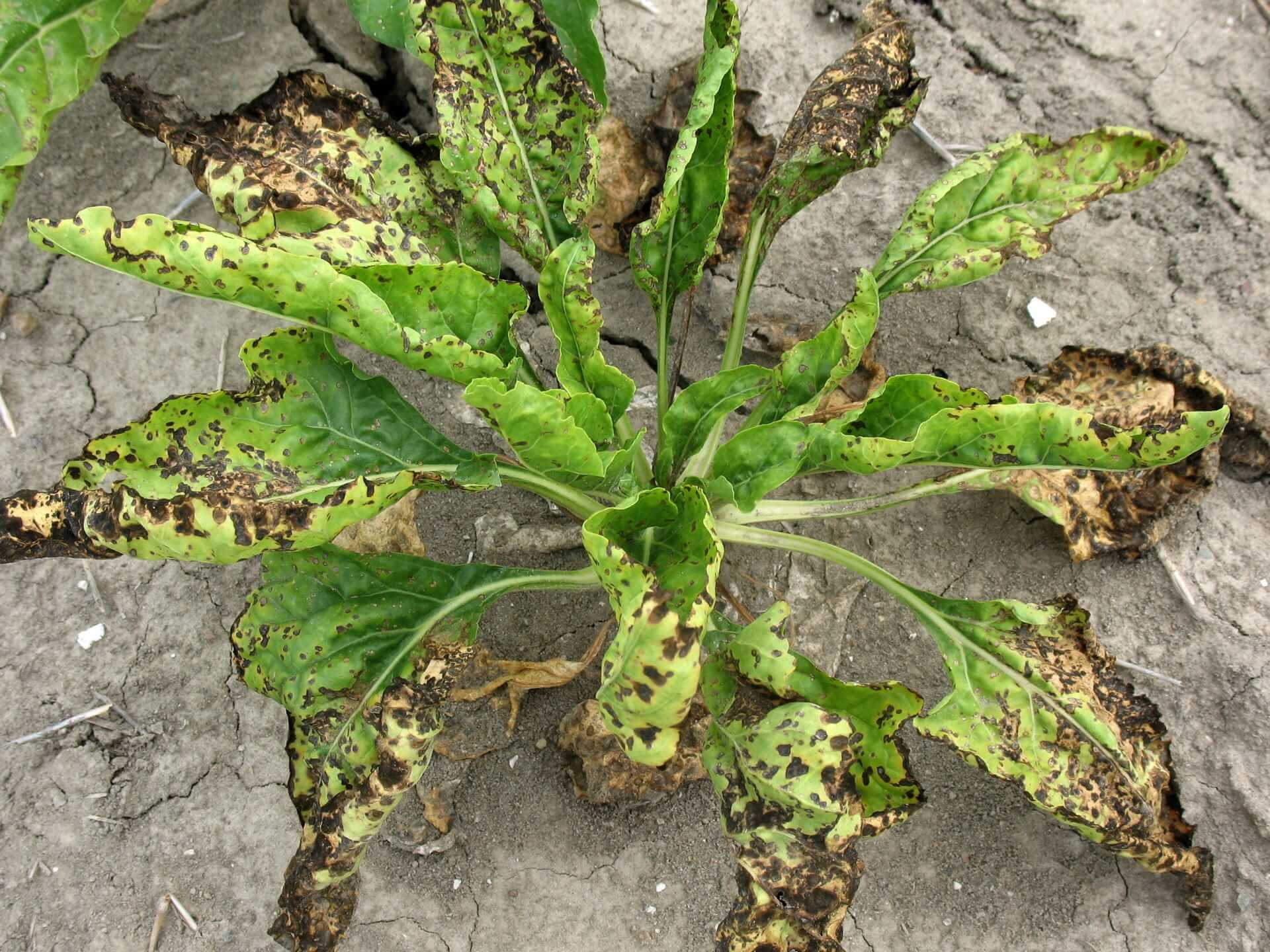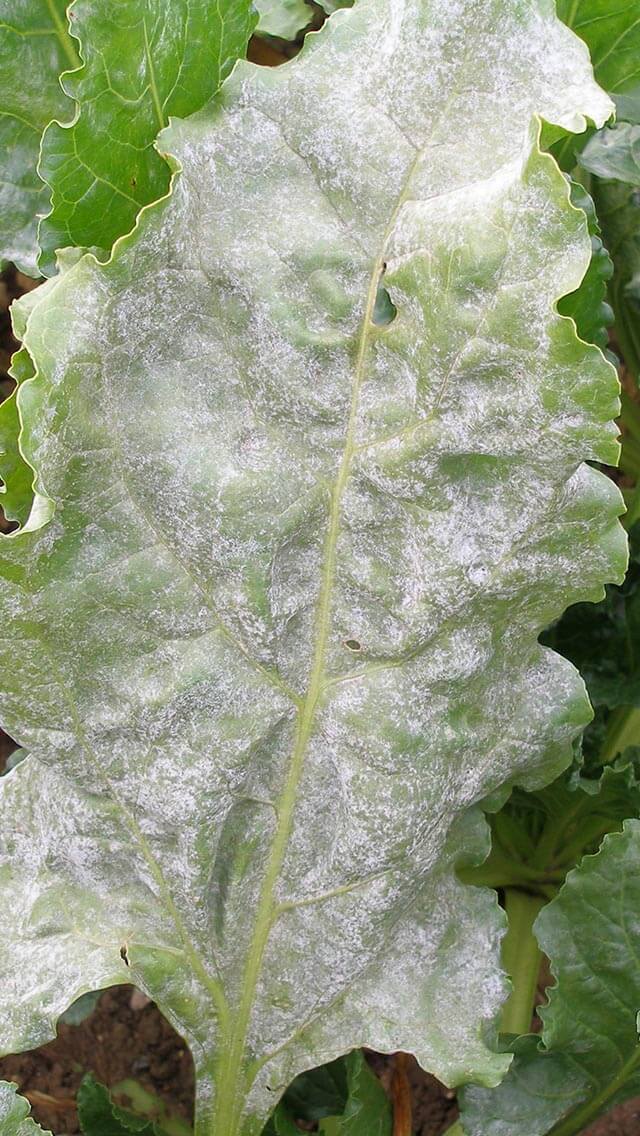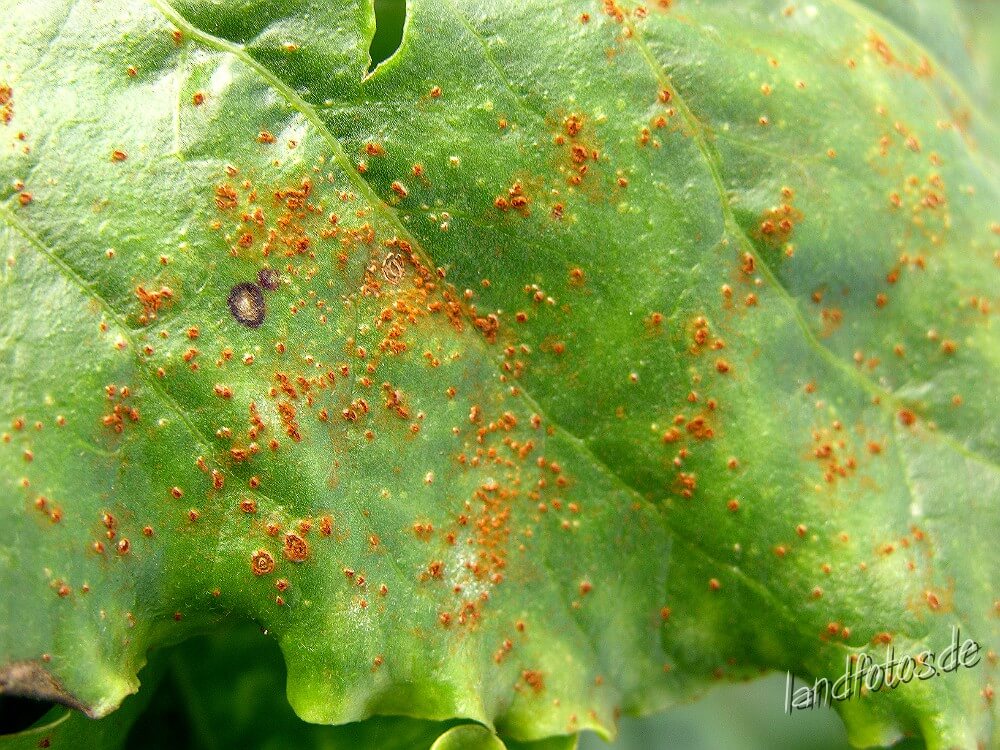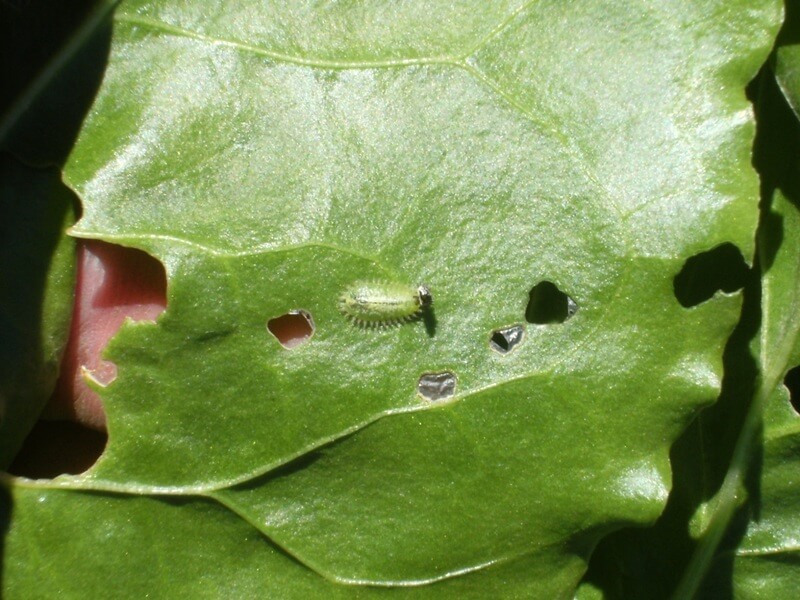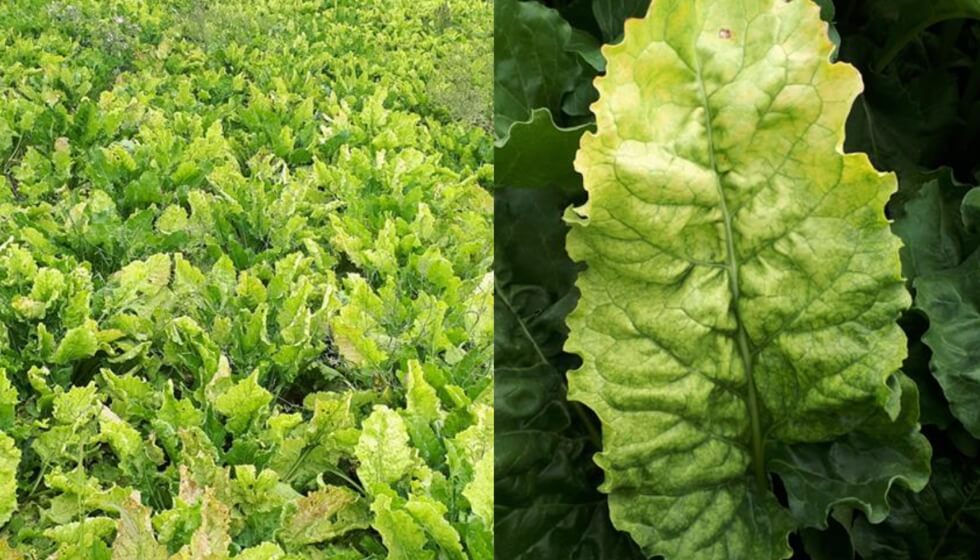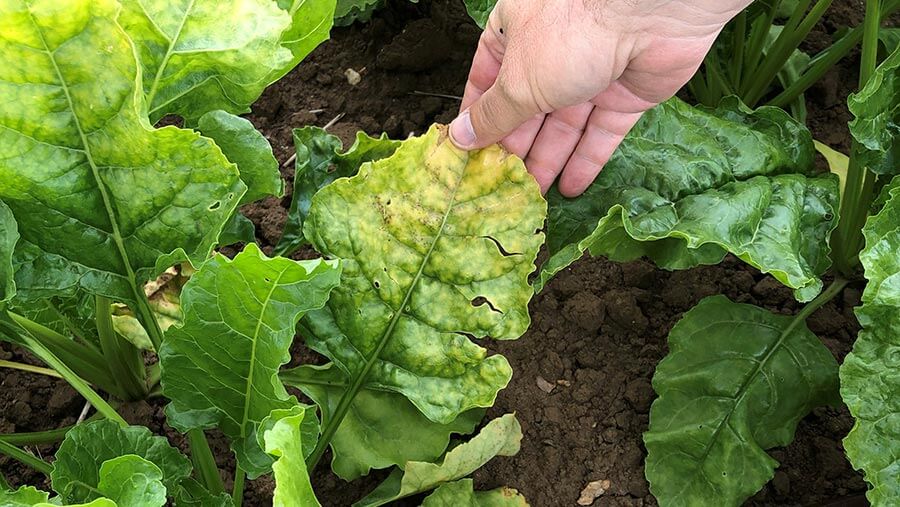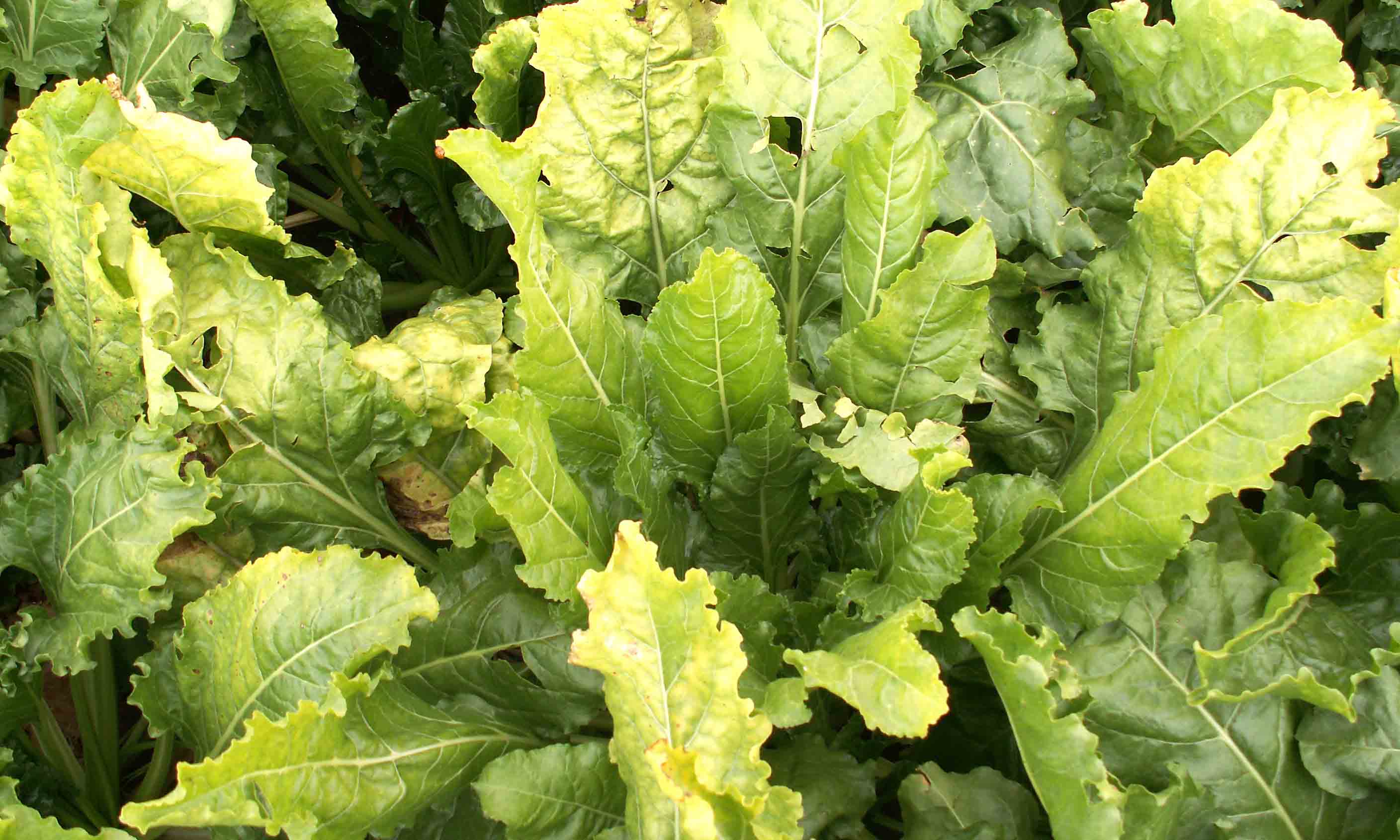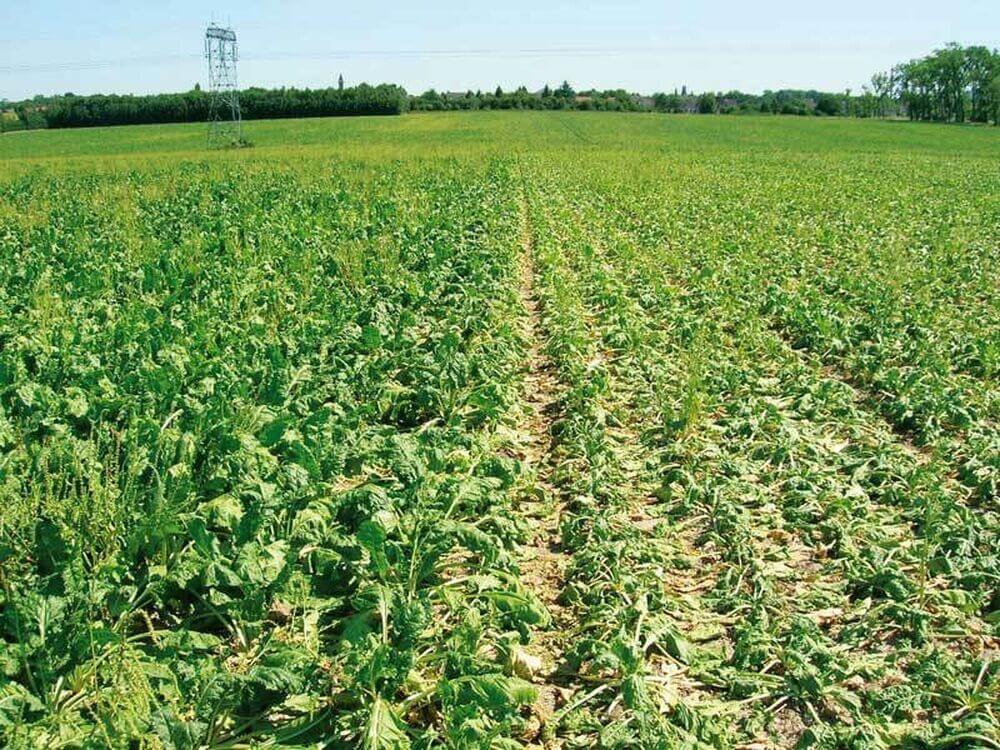
Manzano
How to recognize and combat codling moth in apple trees
Carpocapsa
Insect
Type:
Risk to the plant:
CRITICAL
Cydia Pomonella
Pathogen:
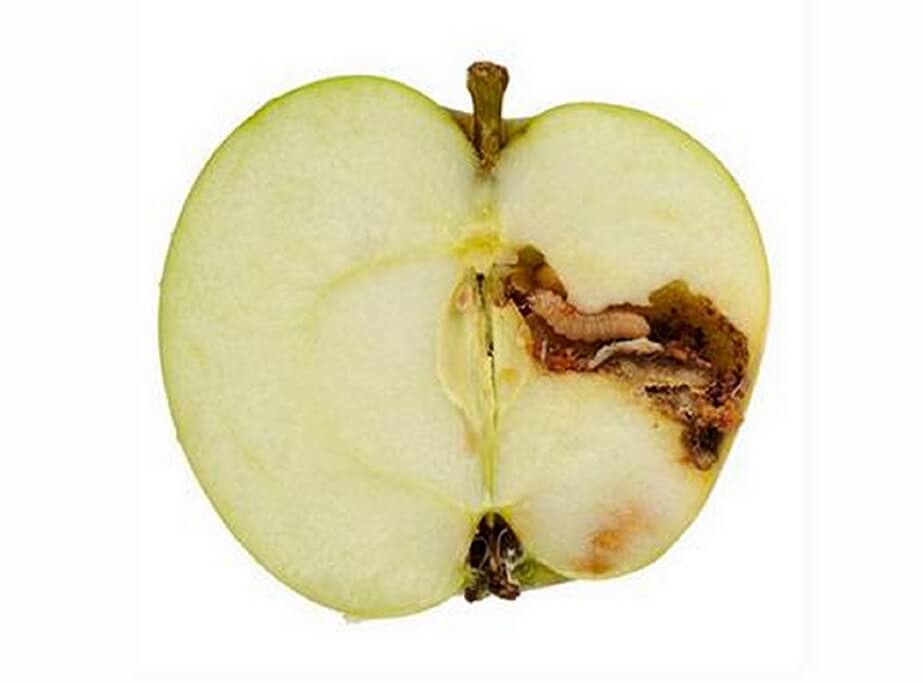
Polillas
WHO CAUSES IT?
Cydia pomonella, commonly known as the codling moth, is an insect belonging to the Tortricidae family. Adults are small, with a wingspan of approximately 18 mm, and have dark gray forewings with lighter wavy lines and a dark brown spot. Females lay their eggs individually on fruits or leaves. The eggs are white and oval in shape, hatching in about 6 to 10 days. The larvae, pinkish white in color with a black head, quickly enter the fruits to feed on the pulp and seeds. The larva goes through five stages before leaving the fruit to pupate in the soil or in the bark of the tree. Pupation occurs in a silk cocoon, and depending on weather conditions, development from pupation to emergence of the adult can take several weeks. Cydia pomonella can have two to three generations per year in warm climates.
SYMPTOMS
In the apple tree, codling moth causes significant damage that affects both the quality and yield of the crop. The larvae pierce the fruits to feed on the seeds and pulp, causing internal damage that reduces the commercial quality of the apples.
- Appearance of small holes on the surface of the apples.
- Presence of excrement and sawdust around the entrance holes.
- Internal damage to the fruits, with tunnels and cavities full of excrement.
- Premature fall of affected fruits.
- Reduction in the commercial value of apples.
- Increased susceptibility to secondary infections due to fungi and bacteria.
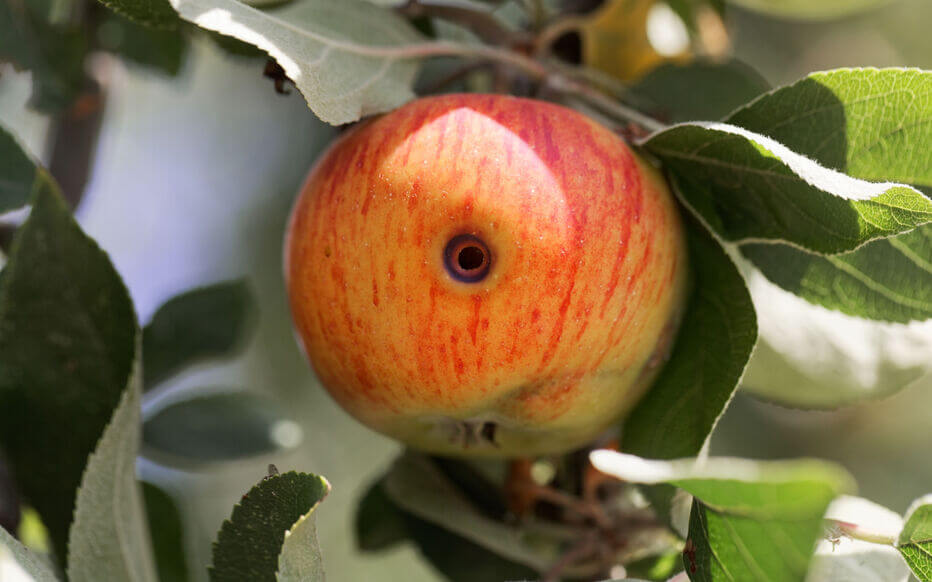
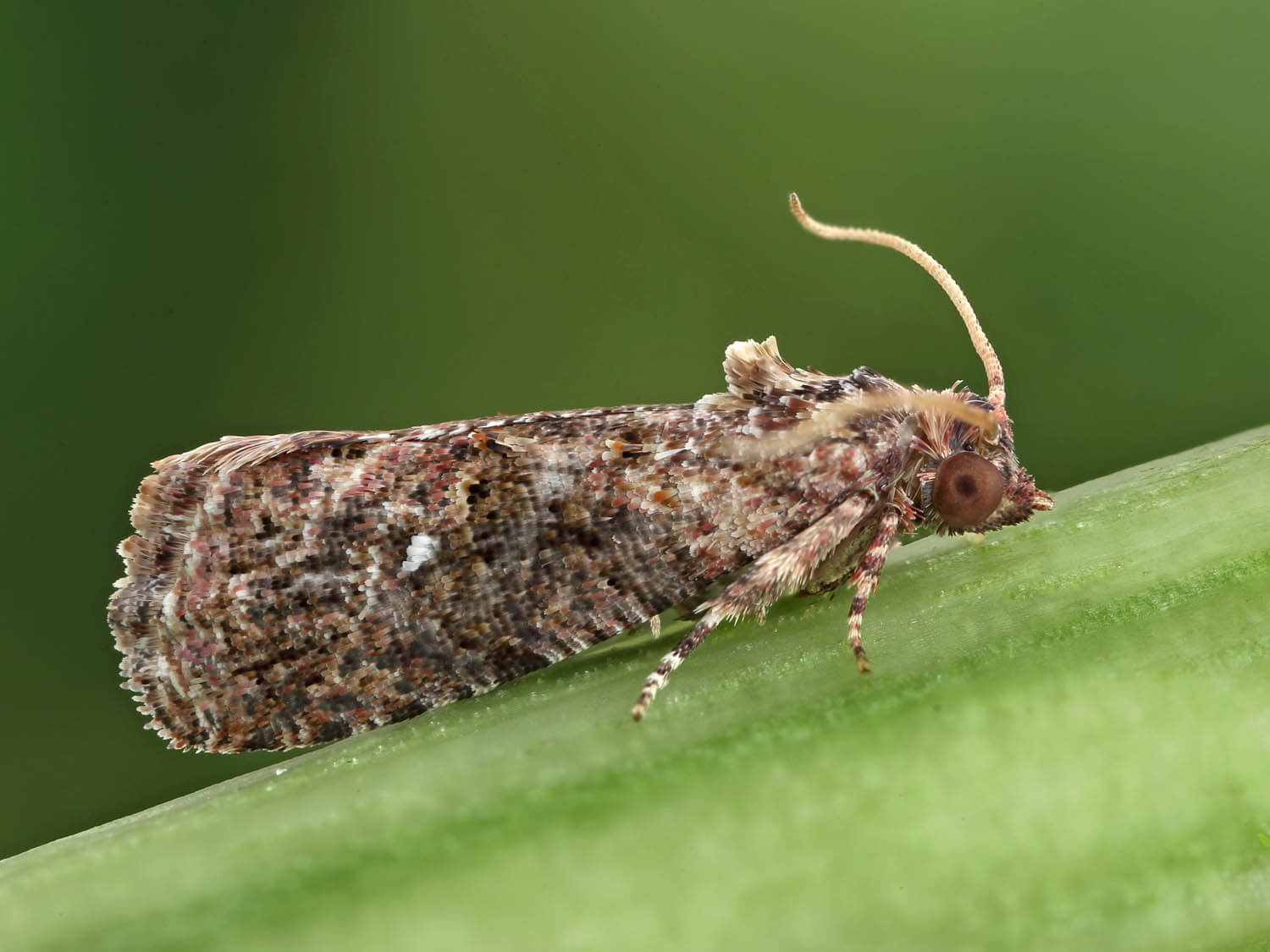
DEVELOPMENT CONDITIONS
Temperature:
20-30°C
Humidity:
60-80%
HOW IS IT SPREAD?
Wind, movement of infected fruits, contaminated agricultural tools, nursery material, direct contact between plants
HOW TO ELIMINATE IT?
Home treatments
There are no home treatments
Natural allies
Chemical treatments
There are no treatments for this disease. Treatments are directed at the insect vectors that transmit it. See insect treatments.
RECOMMENDED PRODUCTS TO ELIMINATE THE PEST
Sponsored link
Sponsored link
Sponsored link
Sponsored link
Sponsored link
Sponsored link
Sponsored link
Effective against all types of fungi
Sponsored link
Sponsored link
Sponsored link
Sponsored link
Sponsored link
REPELLENT PLANTS
Rosemary, Dill, Coriander
RECOMMENDATIONS
- Check the back of the leaves frequently, especially in dry weather.
- Spray water on the leaves to increase humidity and prevent them from settling.
- Keep plants healthy with good watering and adequate light.
- If you see cobwebs or damage, clean the leaves with a damp cloth or pressurized water.
- Use potassium soap or neem oil every few days until they disappear.





















